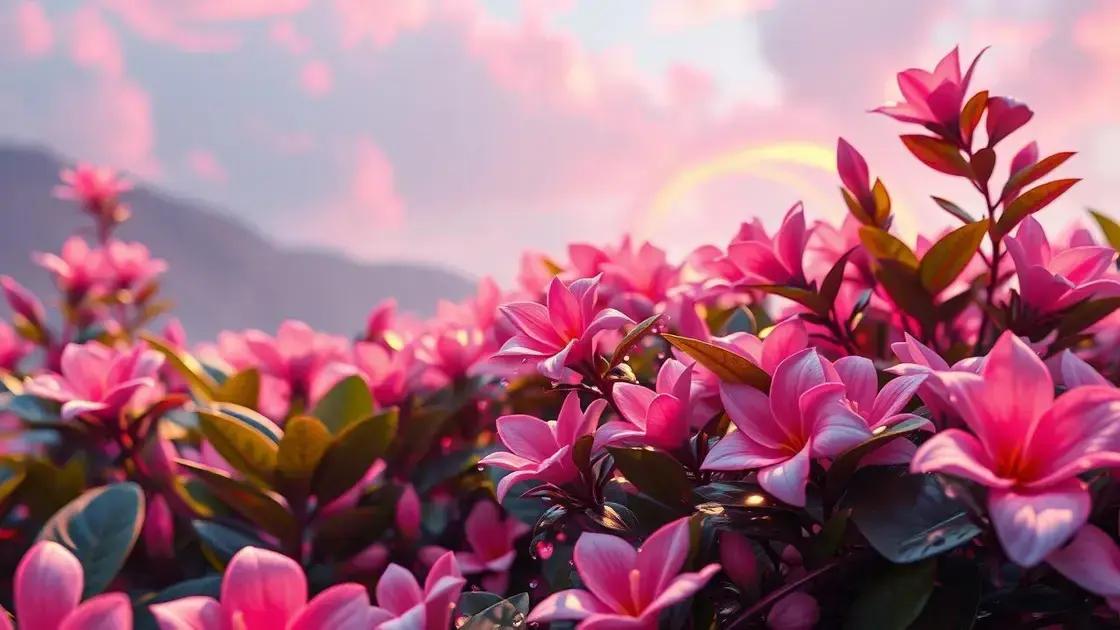How to Care for Indoor Gardenia Plant: 7 Essential Tips for Flourishing Blooms
How to care for indoor gardenia plant is a journey into creating a lush indoor oasis. You’ll discover how simple adjustments can transform the health and beauty of these lovely blooms. Learn about their light needs, watering preferences, and solutions to common challenges to enjoy their fragrant flowers in your home.
Table of Contents
ToggleOptimal light conditions for your indoor gardenia plant
Optimal light conditions for your indoor gardenia plant are crucial for its health and vibrant blooms. Gardenias thrive in bright, indirect light, which allows them to flourish and produce their fragrant flowers abundantly. Ensuring they receive the right amount of light can be the difference between a thriving plant and a struggling one.
Understanding light requirements
- Gardenias need at least 4-6 hours of bright, filtered light daily.
- Avoid direct sunlight, as it can scorch the leaves.
- Insufficient light may cause yellowing leaves and fewer blooms.
Best placement for indoor gardenia
- Place near east or south-facing windows for optimal exposure.
- Use sheer curtains to diffuse harsh sunlight.
- Consider using grow lights if natural light is limited, especially during winter months.
Signs of inadequate light
If your gardenia plant is not thriving, look for the following signs that may indicate it’s not receiving enough light:
- Leaves turning yellow and falling off
- Leggy or elongated growth as the plant stretches towards the light
- Reduced flower production
Enhancing indoor light conditions
To enhance the lighting conditions for your indoor gardenia plant, you can:
- Rotate the plant regularly to ensure even light distribution.
- Utilize mirrors or reflective surfaces to maximize light exposure.
- Keep the leaves clean and dust-free to improve photosynthesis.
For more on how to create a nurturing environment for your plants, consider exploring indoor gardening techniques.
Conclusion
Remember that the overall health of your indoor gardenia plant is closely tied to its light conditions. By providing bright, indirect light, along with the tips mentioned above, you will enjoy the beautiful blooms of your gardenia for years to come.
Watering techniques to keep your gardenia thriving

Watering techniques to keep your gardenia thriving are vital for maintaining its health and beauty. Proper watering ensures that gardenias receive enough moisture to support their growth without causing root rot. Understanding their specific needs will help you cultivate a flourishing indoor gardenia.
Understanding gardenia watering needs
- Gardenias prefer consistently moist soil that is well-draining.
- Underwatering can lead to wilted leaves, while overwatering can cause yellowing and root rot.
- Use room temperature water to avoid shocking the plant.
When to water your gardenia
The timing of watering is crucial. Regularly check the moisture levels and consider the following:
- Water when the top inch of soil feels dry to the touch.
- Reduce watering frequency during winter when the plant’s growth slows.
- Increase frequency during the growing season (spring and summer) when the plant is actively growing.
Best watering techniques
To water your gardenia plants effectively:
- Water evenly around the base of the plant to encourage root growth.
- Avoid getting water on the leaves to prevent fungal diseases.
- Consider bottom watering by placing the pot in a tray of water for 30 minutes.
Signs of proper watering
To ensure your gardenia is thriving, look for these signs:
- Bright green leaves without yellowing.
- New growth and healthy blooms.
- Consistent moisture in the soil without sogginess.
For a comprehensive understanding of general plant care, consider exploring indoor gardening techniques.
Final tips for successful watering
Maintaining the right watering schedule for your indoor gardenia plant is crucial for its overall health. By following these watering techniques, you can help ensure your gardenia stays robust and vibrant.
Common gardenia problems and their solutions
Common gardenia problems and their solutions are significant for maintaining the health of your indoor gardenia plants. These beautiful blooms can face various challenges, from pests to environmental stresses. Identifying and addressing these issues promptly will help keep your gardenia thriving.
Identifying yellowing leaves
- Causes: Yellowing leaves can indicate overwatering, nutrient deficiencies, or inadequate light.
- Solutions: Adjust your watering schedule, ensure proper drainage, and provide appropriate fertilization to restore health.
Dealing with wilting flowers
Wilting flowers can be distressing. Here’s what to check:
- Assess the soil moisture level; plants may be underwatered.
- Ensure your gardenia is not exposed to extreme temperatures or drafts.
- Provide humidity by misting the plant or using a humidity tray.
Managing pest infestations
Common pests affecting gardenias include:
- Aphids: Small, green insects that suck sap.
- Spider mites: Tiny red or black dots that create webbing.
- Mealybugs: White, cottony insects typically found in leaf joints.
Treatment solutions:
- Use insecticidal soap or neem oil for organic control.
- Regularly inspect plants for early detection.
- Introduce beneficial insects like ladybugs to manage populations.
Addressing root rot issues
Root rot is a serious concern that can affect the viability of your indoor gardenia:
- Causes: Overwatering and poorly draining soil.
- Signs: Brown, mushy roots and a foul smell.
Solutions include:
- Allow the soil to dry out between waterings.
- Repot the plant in fresh, well-draining soil.
- Consider using a pot with drainage holes to prevent future issues.
For more tips on garden care, consider exploring indoor gardening techniques.
Final thoughts on gardenia care
By recognizing and addressing these common gardenia problems, you can ensure that your indoor plants remain healthy and continue to bloom beautifully.
In conclusion
Caring for your indoor gardenia plant requires attention to factors such as optimal light, proper watering techniques, and addressing common problems effectively. By following the essential tips and solutions provided, you can create a thriving environment for your gardenia, ensuring vibrant blooms and healthy foliage. Additionally, for more tips on enhancing your indoor garden, be sure to check out tips on enhancing your indoor garden. With dedication and care, your gardenia will flourish beautifully in your home.

